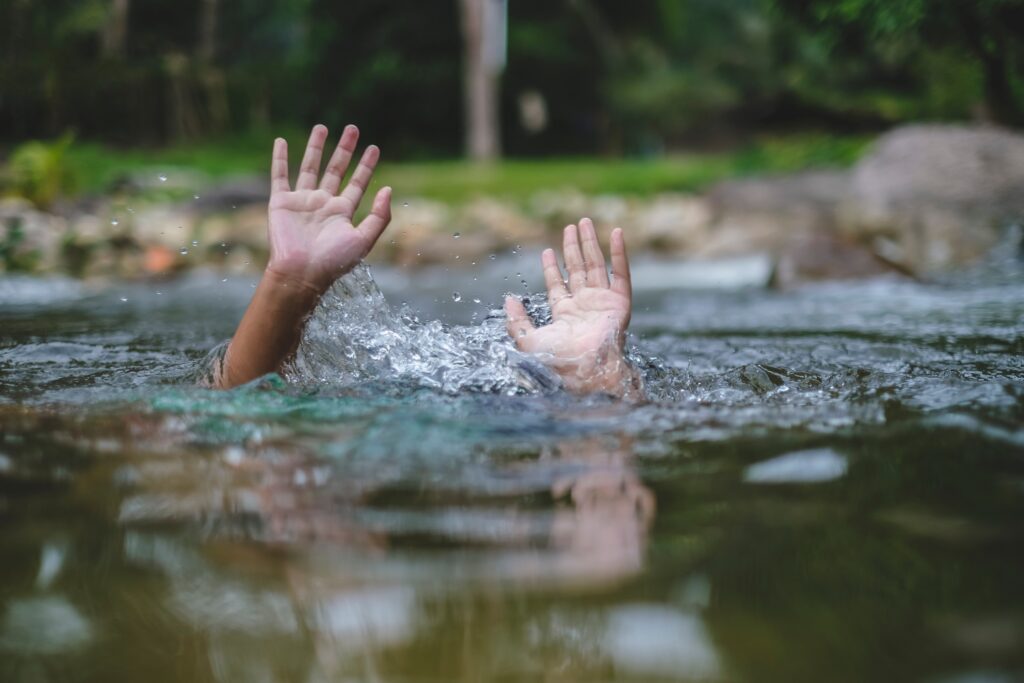Electric Shock Drowning (ESD)
There are many risks associated with water like drowning, slipping and falling on a slippery pool deck, boating accidents, etc. But there’s a hidden danger lurking beneath the surface that many people don’t know about: electric shock drowning (ESD). Electric shock drowning is a serious hazard that can strike in seemingly safe waters. There are often no warning signs.
If you’ve lost a loved one due to ESD, or you or a loved one have suffered an ESD injury caused by the negligence of another, a personal injury lawyer from Lerner and Rowe can help you obtain compensation. Contact us today for a free case consultation. Use our LiveChat feature, or submit a secure form online.
What Is Electric Shock Drowning?
Electric shock drowning is a fatal incident that occurs when electrical currents leak into a body of water and disrupt the nervous system. This disruption can cause involuntary muscle paralysis, most notably in the legs, rendering the individual incapable of swimming and leading to submersion and drowning.
ESD poses a risk in any aquatic environment with electrical installations, but incidents are more frequent in locations like marinas, docks, and the vicinity of boats.
Freshwater environments present a higher risk compared to saltwater environments due to the differing electrical conductivity properties.
Saltwater’s superior conductivity disperses electrical currents more effectively, mitigating the risk of paralysis.
While ESD can happen to anyone, young children are especially vulnerable. Their smaller bodies conduct electricity more easily, and they may be unaware of the dangers.
Causes of Electric Shock Drowning
While electric shock drowning is rare, it can still happen. Common causes of electric shock drowning our attorneys have encountered include:
- Faulty wiring on boats
- Improper grounding of electrical systems on boats
- Damaged electrical cords on boats, docks, or near swimming pools
- Lightning strikes
- Faulty pool lights
- Hot tubs
- Downed overhead power lines
- Dangerous products
As long as the negligence of another leads to an electrical injury or death, a personal injury can review your claim and determine if you are eligible to receive compensation.
What Are the Symptoms of Electric Shock?
There are often no external signs that someone is in danger from electric shock drowning because the electrical current isn’t visible. Additionally, the electrical current may not be strong enough to cause burns or other visible injuries. There can be some symptoms to look out for if someone has been shocked while in the water:
- Tingling or numbness, especially around the face, arms, and legs
- Muscle cramps or spasms
- Difficulty swimming or moving
- Loss of consciousness
- Someone calling for help but then going limp or underwater
If you notice any of these symptoms in someone who has been in the water, it’s important to call for help immediately. Even if they seem alright, it’s important to get them checked out by a medical professional.
Helping a Victim of ESD
The biggest risk with ESD is becoming another victim. Never enter the water if you suspect electricity is present. Even low levels of current can be deadly. According to the Electrical Safety Foundation International (ESFI), take the following steps if you see an electric shock drowning taking place:
- If possible, turn off all nearby power sources
- Use extreme caution when trying to remove a victim from the water by using an insulated lifesaving device or rope. Do not use anything made from metal
- Begin CPR or use an Artificial Electronic Defibrillator (AED) if the victim does not have a pulse and is not breathing
- Stay with the victim until help arrives. Monitor their breathing and continue CPR if necessary.
ESD Injuries
Many times, electric shock drowning is fatal. For those who survive an electric shock in water, the resulting injuries are similar to electrocution injuries, such as:
- Complete or partial paralysis
- Respiratory failure
- Cardiac arrest
- Brain damage and cognitive problems
- Psychological trauma
These injuries can be catastrophic, leading to massive medical bills, lost wages, and other damages. A personal injury attorney can investigate the cause of the accident and help you pursue compensation to cover these costs. If an investigation determines that negligence caused an ESD incident, the surviving family of the drowning victim may be entitled to financial compensation. While no amount of money can replace a lost loved one, such compensation can help ease unexpected financial burdens during this difficult time.
Who Is Liable for an Electric Shock Drowning Accident?
If you or a loved one have been injured or suffered wrongful death due to ESD, several parties could be held liable, depending on the specifics of the case:
- Property Owners: This includes owners of pools, docks, marinas, etc. If they fail to properly maintain electrical systems on their premises or ignore warning signs of trouble, they could be held liable.
- Boat Owners: The boat owner has a responsibility to ensure their electrical components are in safe working order.
- Utility Companies: Improperly maintained power lines or transformers near water can cause ESD.
- Manufacturers of Defective Products: If a faulty electrical product malfunctions and leaks current, the manufacturer could be liable.
- Employers: If an incident occurs in a workplace setting, like a construction site near water, the employer may be liable for failing to provide a safe work environment.
Contact an Electric Shock Drowning Lawyer Today
Electric shock drowning is a preventable tragedy, but these injuries and deaths still occur. ESD cases can be complex, so if you’ve been affected by such a tragedy, contacting an experienced lawyer at Lerner and Rowe is essential. They can help navigate the legal process, determine who might be liable, and fight for the compensation you deserve. We won’t charge you a fee unless money has been recovered on your behalf thanks to our “no win, no fee” policy.
Schedule your free case consultation today with Lerner and Rowe Injury Attorneys by calling (844) 977-1900.
You can also use our convenient 24/7 LiveChat feature, or submit a secure form online now.




